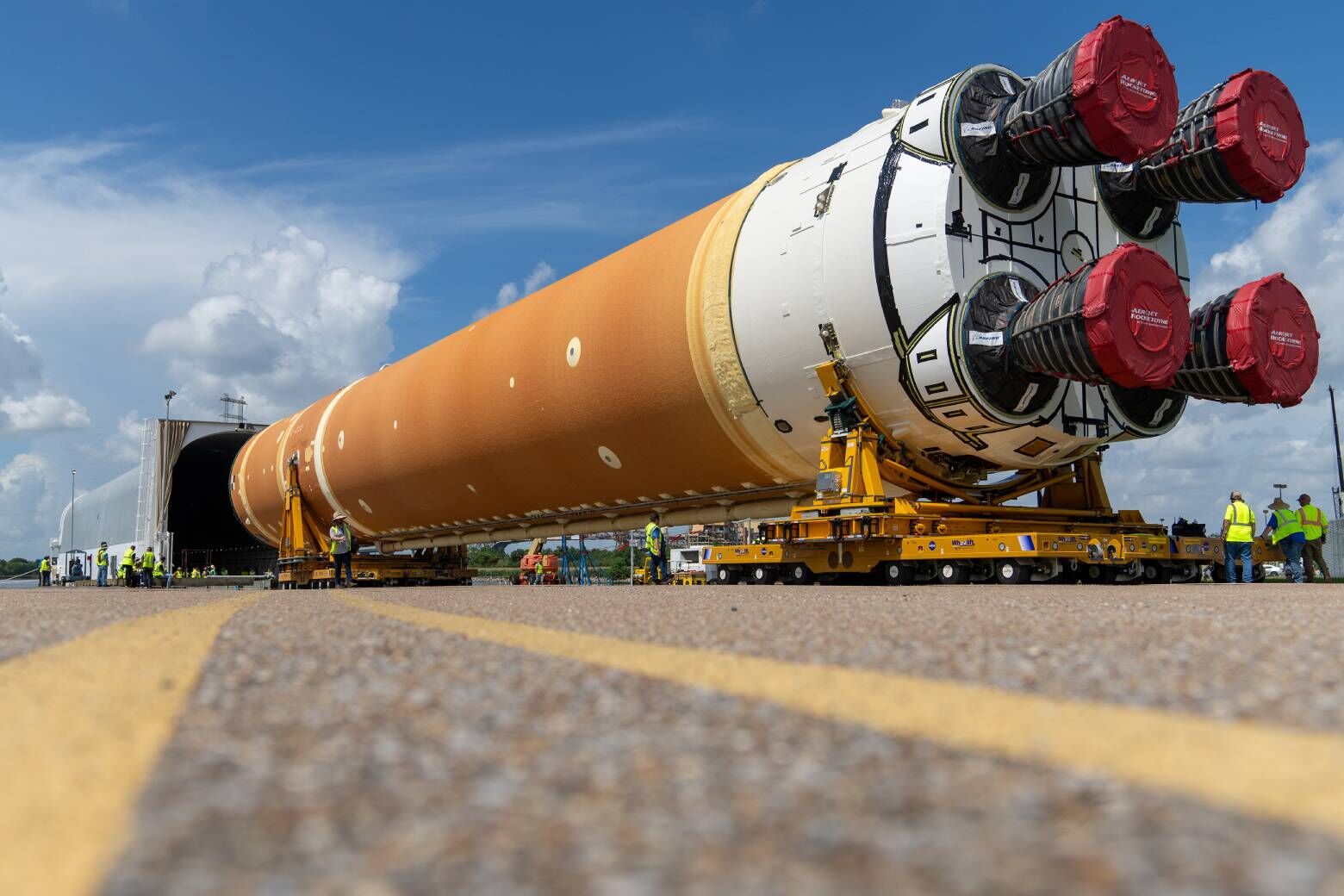
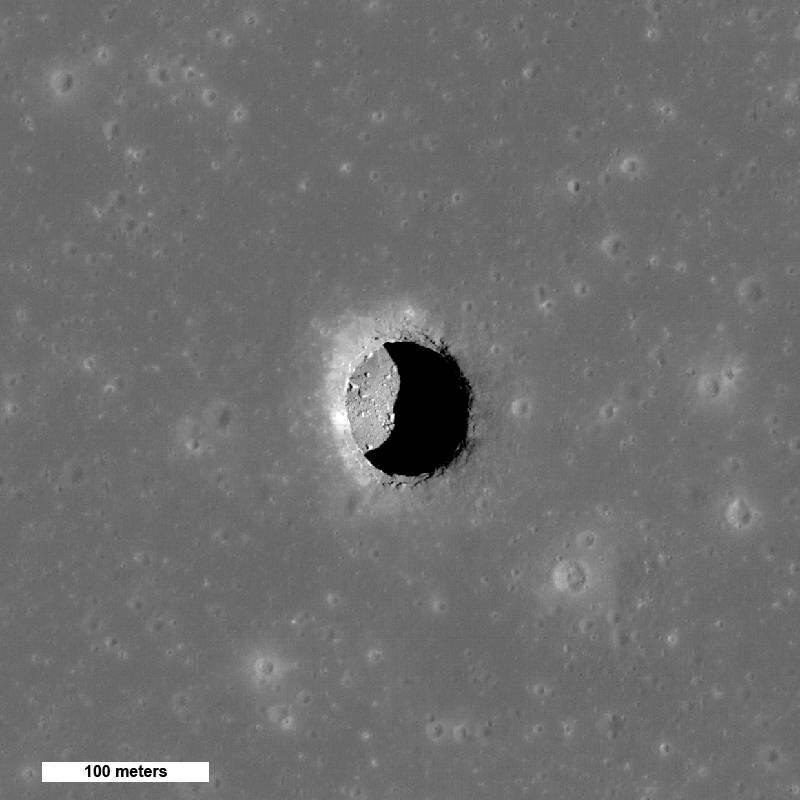
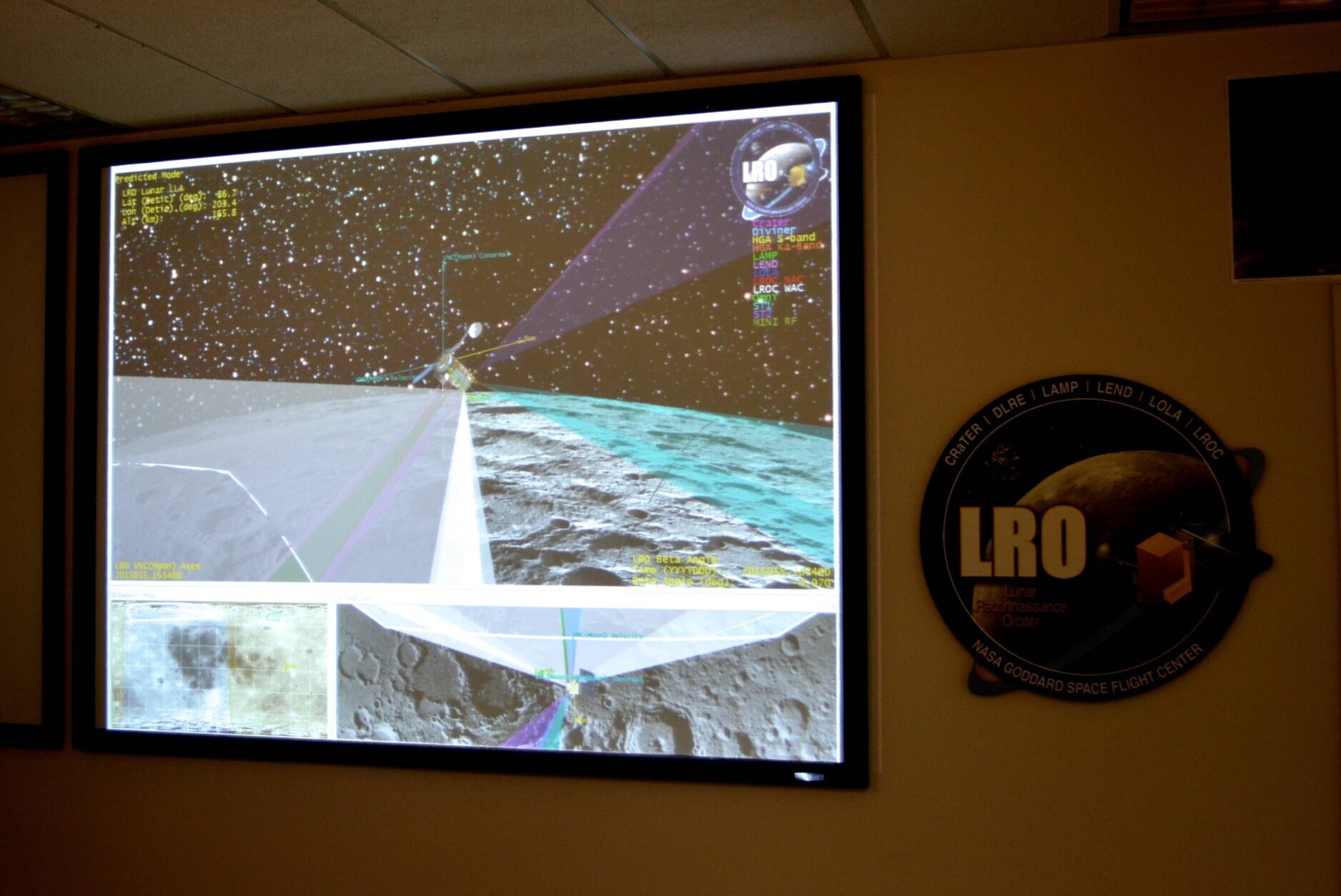
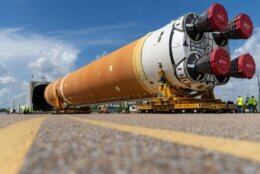
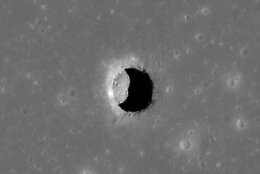
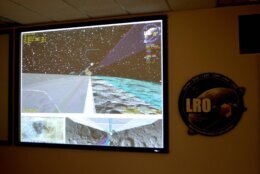
Saturday is “International Moon Day,” which the United Nations designated in 2021 as a day to be observed every July 20 as part of a resolution on international cooperation and the “peaceful uses of outer space.”
“International Moon Day marks the anniversary of the first landing by humans on the Moon as part of the Apollo 11 lunar mission. The celebrations will also consider the achievements of all States in the exploration of the Moon and raise public awareness of sustainable Moon exploration and utilization,” the U.N. said.
There is also an International Moon Day website that shows two global livestreaming events taking place on July 20. One is from China and the other from Germany. This essentially sums up the current state of lunar exploration — China and its partners versus the U.S. and its partners.
It is not an exaggeration for the media and others to characterize this as the new space race but in actuality the race extends beyond just state nation space programs.
The moon has been getting a lot of attention from us earthlings this year, as you can see by scanning the stories in WTOP’s Science News page and The Space Place. Be sure to read about the first-ever lunar cave that was recently confirmed using data from Lunar Reconnaissance Orbiter (LRO), which was built and is controlled by NASA’s Goddard Space Flight Center.
On July 16, the date 55 years ago that Apollo 11 was launched to the moon, NASA rolled out its Space Launch System (SLS) core rocket stage for the Artemis II crewed lunar orbit mission scheduled for no earlier than September 2025.
And, there is no sign of letup either as China and the U.S. have more lunar missions coming soon, as do other nations.
In fact, the moon is such a happening place in space, there is an order by President Joe Biden to establish a lunar time zone called Coordinated Lunar Time (LTC). NASA has been directed to develop a strategy for the implementation of the new time zone no later than Dec. 31, 2026.
Currently all crewed missions operate using U.S. Central Time so as to be coordinated between Mission Control Center, in Houston, Texas, and Low Earth Orbit. This was done for Apollo missions to the moon as well but with future long duration crewed lunar surface and orbital missions, the moon time zone will be required for more precise timekeeping.
To commemorate the Apollo 11 mission in the D.C. area, there are two events:
- On Saturday, July 20, the National Cathedral in Washington will host a festival marking the 50th anniversary of its Space Window, which contains a piece of lunar rock that was donated by NASA and the crew of Apollo 11.
- On Sunday, July 21, NASA Goddard will host a model rocket contest conducted by the National Association of Rocketry Headquarters Astro Modeling Section. This free contest is open to all model rocketeers and the public.
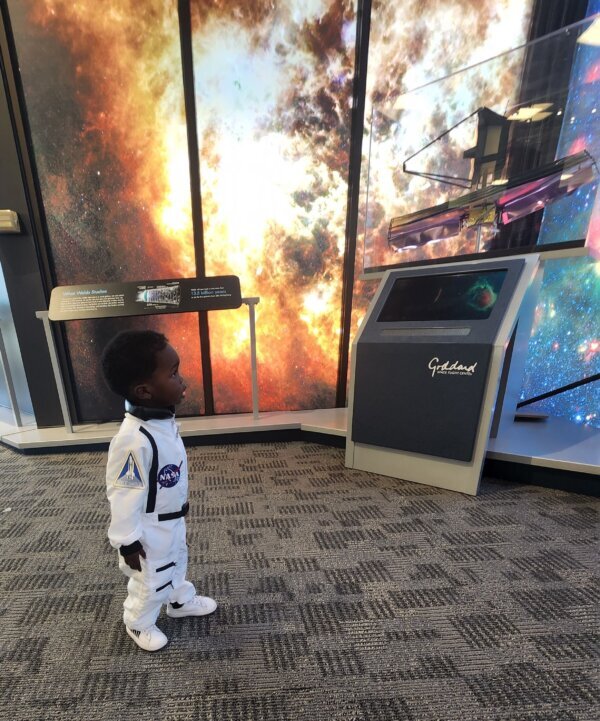
And you can have your own commemoration of Apollo 11 and International Moon Day by looking at July’s full moon, known as the “Buck” or “Thunder Moon,” which occurs July 20 or 21, depending on your location. Using binoculars or a telescope really brings the moon to life, mimicking sci-fi movie views.
Oh, and whenever you look at the moon, wink at our celestial neighbor while thinking of Neil Armstrong — it was his family’s wishes on how we remember the first human to walk on the moon.
Get breaking news and daily headlines delivered to your email inbox by signing up here.
© 2024 WTOP. All Rights Reserved. This website is not intended for users located within the European Economic Area.







